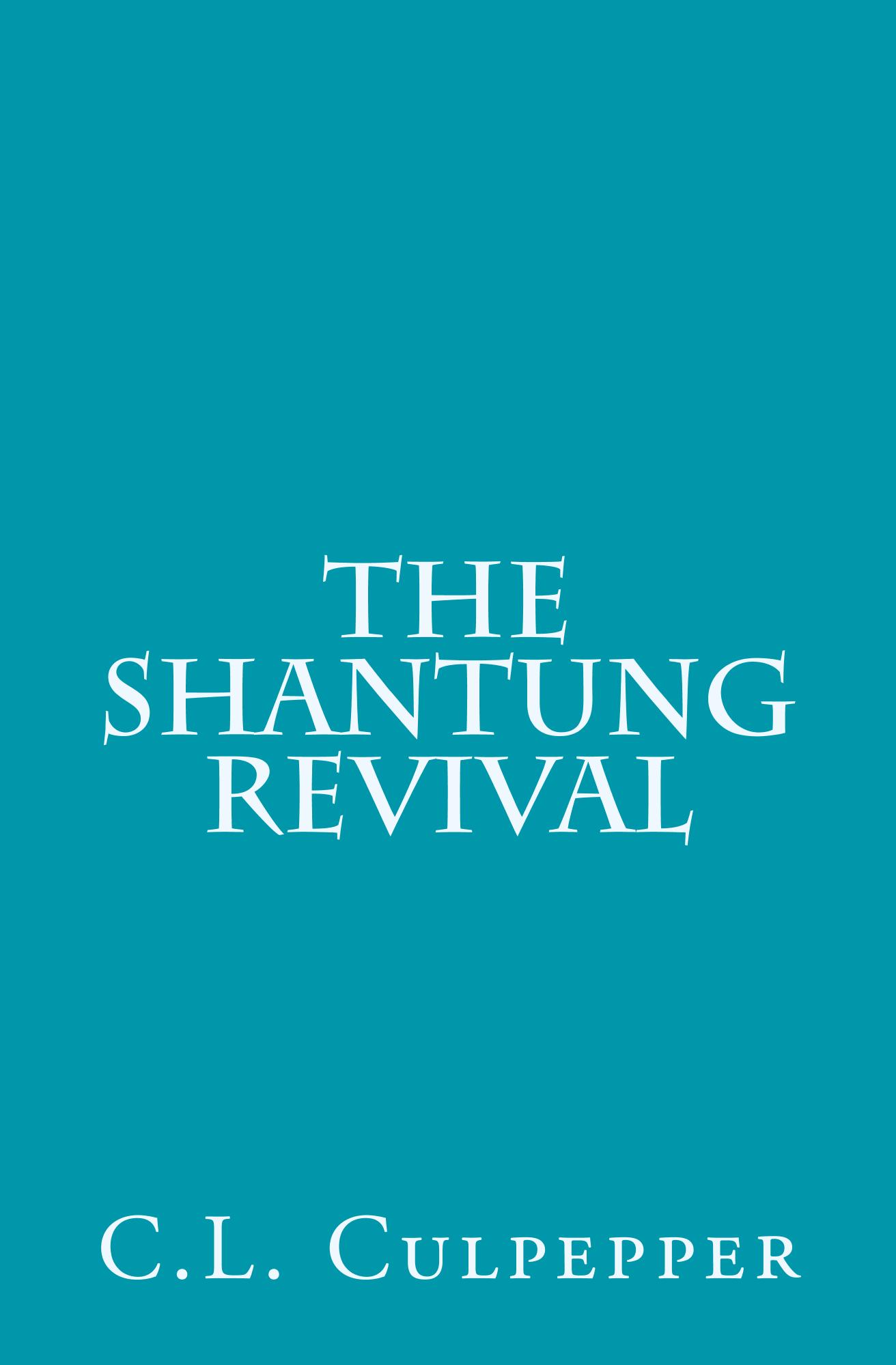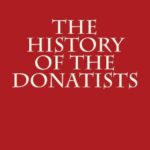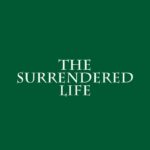Description
The Shantung Revival
by
C.L. CULPEPPER
2015
CHAPTER ONE: THE SHADOW OF A MIGHTY ROCK 15
CHAPTER TWO: A FOUNDATION – THE NEW BIRTH 19
CHAPTER THREE: THE REVIVAL SPREADS. 34
CHAPTER FOUR: PERMANENT RESULTS. 69
Dedicated
To the friends who contributed so generously
of their letters and testimonies.
Introduction
“We can only conclude that the Lord of the harvest sent this great revival to strengthen His people in the face of the oncoming years of terrible suffering under military occupation and later communist domination.” Dr. Baker James Cauthen, Executive Secretary, Foreign Mission Board, Southern Baptist Convention.
“In China, a mission field well-known for its resistance to the Gospel, our Lord sent a great revival. Much of the normal mission work, so routine and unproductive as to break the hearts of the missionaries, suddenly came alive . . . My own reaction to the story every time I hear it is the prayer, ‘O God, please do it again.'” Dr. R. Cal Guy, Professor of Missions, Southwestern Baptist Theological Seminary.
“Dr. Culpepper has dealt with the most important aspect of Christian missions. Unless the church moves forward in the power of the Holy Spirit, there is, as a rule, not much growth and certainly not much blessing. The account of the revival in Shantung is of absorbing interest, both to Christians in America and to missionaries all around the world.” Dr. Donald McGavran, Dean, School of World Mission, Fuller Theological Seminary.
About the Author
Dr. C. L. Culpepper was born in Lavaca County, Texas, March 10, 1895.
He graduated from Baylor University, Waco, Texas, with the bachelor of arts degree in 1919. That same year he married Ola Lane.
From Baylor he went to Southwestern Baptist Theological Seminary, Fort Worth, Texas, and received the master of theology in 1922. He later received the doctor of theology degree from the same institution.
The following year he and Mrs. Culpepper were appointed missionaries to China by the Foreign Mission Board of the Southern Baptist Convention.
During their years of service in China, they witnessed the defeat of the War Lords by the Nationalist army led by Marshal Chiang Kai-shek; the invasion of China by the Japanese Imperial Army; and the overthrow of the government by the communists, led by Mao Tse-tung in 1949.
But they also witnessed the great awakening in North China which has come to be known as the Shantung Revival in which countless thousands of Chinese were converted to Christ. As president of the North China Baptist Theological Seminary in Shantung, Dr. Culpepper saw the enrollment soar from four to more than 150 during the revival.
Following the communist takeover he became treasurer of the Hong Kong Baptist Mission for two years and then went to Taiwan to become president of the Taiwan Baptist Theological Seminary until his retirement in 1965.
Now residing in San Antonio, Texas, Dr. Culpepper is used extensively in local church revivals, evangelism institutes, and denominational meetings. Everywhere he goes, he tells the story of what God did in Shantung Province, China.
The Culpeppers have two children, Mary, a missionary to Japan, and Charles, Jr., missionary to Taiwan.
Foreword
Thirty-six years ago, in Shantung Province in North China, one of the greatest revivals in modern history took place. It has come to be known as “The Shantung Revival.”
Most Christians in America have never heard of it. Miss Mary Crawford, with whom I served in the North China Mission, compiled a book of reports on the revival in 1933, but it received only limited distribution.
The present volume is simply a revision of Miss Crawford’s treatise, expanded by additions, reflections and comments. Miss Crawford has granted permission to use her original work, and this has been done.
Most of the things that took place in Shantung are as foreign as Chinese in American churches today, mainly because of resistance to the Holy Spirit. This same resistance may seek to influence readers of this book. Many things in this book will be hard for some to understand. Only those who have seen the unusual working of the Holy Spirit can comprehend the revolutionary change which took place in the lives of those who witnessed the great awakening during the Shantung Revival.
To others the terminology may seem strange. For instance, the use of “the baptism of the Holy Spirit” and “the fullness of the Holy Spirit” are understood in different ways by many people. In his defense before the council, Stephen said, “Ye do always resist the Holy Spirit.” The charge remains true to this day. Actually this resistance is usually disguised by a professed aversion to “pentecostalism,” but it’s becoming more and more evident as nothing more than resistance to the Holy Spirit.
This terminology is not used in a technical or theological way in this book. The writer has used these expressions to designate the experience of total surrender to the Holy Spirit, resulting in a dramatic experience of Christian joy. I prefer the term “filled with” or “filled by” the Holy Spirit. Some prefer to use the term “baptism of” or “baptism by” the Holy Spirit. I do not contend the point, but I long to see all of God’s children controlled by Him.
Miss Crawford included a note of warning in her book: “For fear my readers should take doctrinal exception to the term ‘back to Pentecost’ let us notice that we are not going back to before Pentecost! We are only waiting upon the Lord to prepare our hearts to receive what He has so graciously given. We believe that the Holy Spirit came at Pentecost, but very few believers have experientially received Him in His fullness (Acts 6:3-5). We do not believe in ‘tarrying’ but in ‘receiving.’ Some of the all-night prayer meetings mentioned were not in the sense of waiting for Pentecost, but in waiting upon God for His preparation of hearts to receive what He had already given. The long prayer meetings were only an expression of the hunger of hearts for the fullness of the Spirit. There was no dependence upon the length of the prayers.”
I wish to express my deepest appreciation to Miss Crawford for permitting me to use the material in her book. I also wish to thank the Reverend Chandice Johnson of Ione, Washington, who upon the request of Dr. R. Cal Guy, Professor of Missions at Southwestern Baptist Theological Seminary, Fort Worth, Texas, patiently edited my manuscript. Likewise, I wish to thank Miss Doris Knight, one of my co-workers in China who read and corrected the manuscript and made many practical suggestions, and Mr. Billy Keith, director of Public Relations, Baptist General Convention of Texas, Dallas, who made the final revision. I also wish to express my gratitude to Dr. Baker James Cauthen, Executive Secretary of the Foreign Mission Board of the Southern Baptist Convention. Along with the others, he gave me valuable suggestions and encouragement.
My prayer is that this book may encourage many to pray for an even greater awakening of God’s people in America.
- L. Culpepper, Sr.
March 25, 1968
Prologue
Chinese history can be traced back nearly five thousand years. But only in the last few centuries has China had any close connection with the Western World. During the eighteenth and nineteenth centuries, western progress attracted Chinese attention, and China began to realize her own backwardness. Progressive Chinese recognized their country could stay abreast with the world only by abandoning their ancient ideas and breaking from the isolationism of their old Middle Kingdom.
One of these young men, Dr. Sun Yat-sen, had visited the United States and was deeply impressed with the democratic principles of Abraham Lincoln. In 1911 he established the Chinese Republic but with only partial success. The War Lords, who had long controlled China, continued to exert a divisive influence.
Sun Yat-sen sought help from England and the United States. When these attempts failed, he turned to Russia, which provided only limited war materiel but flooded China with propaganda. Students were their favorite target. China’s only hope of becoming a nation, they were told, lay in the overthrow of western influence: capitalists, imperialists, and Christians.
By 1925 Sun Yat-sen had a well-equipped army. Led by Marshal Chiang Kai-shek, this army started from South China, bent on the overthrow of the War Lords, so that all China could be united under one national government. The Nationalist Army reached Nanking in 1927. The “rape of Nanking” alarmed the American government, and the American consul called all missionaries to the port cities of Chefoo and Tsingtau to prepare for possible emergency evacuation.
The whole country was in turmoil, and it was at this point that missionaries and church leaders in China began to sense a great spiritual need. The churches were cold and apathetic. Many were simply dead. Spiritual conditions were so bad many missionaries resigned. Something had to happen.
The situation was particularly trying for my wife Ola and me. Ten years earlier she had developed optic neuritis-decay of the optic nerve. A doctor in San Antonio, Texas, had treated her for several months and succeeded in reducing the pain and stabilizing the disease. But the vision in one eye was apparently impaired permanently. With the aid of glasses she could see all right. But a few months before the Nanking crisis her eyes weakened and the pain returned. The mission doctor advised her to visit the Union Medical College, a Rockefeller Foundation hospital in Peking. The eye specialist, an Austrian, examined her eyes but discovered he could do little other than change the prescription of her glasses.
In Chefoo her eyes began to bother her again. The frustration of being refugees away from our home was painful in itself. But her illness added a new dimension of helplessness to our troubled lives.
Regardless of the difficulties, we continued our ministry to the Christians and witnessed to the masses of Chefoo. During that time Miss Jane Lide, another Southern Baptist missionary, was asked to give a series of Bible messages on the subject, “Christ, Our Life.” And Miss Marie Monsen, a Norwegian Evangelical Lutheran, also a refugee in Chefoo, was invited to share her testimony with us. Miss Monsen had witnessed some unusual experiences in Bible teaching and evangelism. She had seen the sick healed. Although she did not ordinarily mention the healing, at the request of the missionaries she related the miraculous experiences.
As Miss Monsen gave her testimony, Ola began to be impressed with the fact that she should go and talk to her about the eye damage. We made an appointment and went to her apartment. As she met us at the door, Miss Monsen’s first question was, “Brother Culpepper, have you been filled with the Holy Spirit?” I stammered out something less than a definite reply. Then, recognizing my uncertainty, she carefully related a personal experience fifteen years earlier when she had prayed for and received the promise of the Holy Spirit as recorded in Galatians 3:14. After visiting with her for two hours, we urged her to come to our home to pray for Ola’s eyes.
That night we were deeply troubled. Prayer for healing seemed unorthodox for Baptist people. But in private we read James 5:14-16 and were greatly encouraged. The words “confess your faults” particularly pierced my heart. A consuming realization that our hearts must be completely open to God pervaded all our senses. I began to feel the Lord was going to undertake a great thing for us.
The next morning about 20 people came to our home for prayer. We felt an electric excitement, a feeling that God was preparing us for something we had never known before. After praying for several hours, we all seemed in a complete spirit of communion. Suddenly Ola took off her glasses and laid them on the mantle. Following the instructions in the Book of James, I anointed her with oil. Then we all knelt and continued praying. It was as though God had walked into the room. Everyone prayed aloud. We felt that Heaven came down and Glory filled our souls.
As we prayed, the male Chinese cooks from both missionary residences in Chefoo walked into the room. Their hatred for each other was common knowledge. But, as the power of God’s Holy Spirit worked, they went to each other, confessed their hatred, sought forgiveness, and accepted Christ as personal Saviour.
In the midst of our joy for the cooks’ salvation we had completely forgotten Ola’s eyes. Then someone remembered and asked her, “What about your eyes?” She replied, “They feel all right and the pain is gone.”
It never returned. This was the most wonderful experience in our lives. We had never known such spiritual joy. The events surrounding those days in Chefoo were the prelude to the great Shantung Revival.
CHAPTER ONE: THE SHADOW OF A MIGHTY ROCK
In the days that followed Ola’s healing, the tension in the interior began to subside, and we prepared to return to our mission station. After returning home, the question that Miss Monsen had asked me, “Have you been filled with the Holy Spirit?” continued to disturb me. That day in her apartment I had not known the answer. Now, alone at home, I decided I must search the Scriptures to see what the Bible teaches about the fullness of the Holy Spirit. Thus I began a great spiritual quest that was to last four years.
The hunger to know more about the deeper spiritual life was common among the missionaries in China. It influenced every moment of every day and led us through a spiritual wilderness of internal turmoil and crisis. The local wars, the Communist-inspired unrest, bandit raids, and other incidents showed us how little progress had actually been made in evangelizing China by Sun Yat-sen or by missionaries.
We realized the foundations needed to be re-examined, and in the days following the 1927 crisis, we did so. First we probed deeply into our own spiritual lives. Then we looked with disillusionment upon the Chinese churches. We discussed our concern in detail when the North China Mission (organization of Southern Baptist missionaries) met in Chefoo in 1930. Three Chinese evangelists made discouraging reports of work among “dead” churches. A note of despair and spiritual hunger permeated their messages.
A missionary reminded the group that in the North China Association at least seventy churches had “died.” Another missionary related her fears for the Chinese Christians. Many, she felt, had accepted God’s grace as an outside coating of whitewash, but had only “covered” their sins, not been forgiven for them.
Our best-known Chinese evangelist, on the point of despair because of the seeming hopelessness of the work, echoed these fears. He told the group he felt more than 1,000 church members had been converted to Christianity, not to Christ.
If foreign missions had been merely a human project, the end of the North China Mission would have been in sight that day. But we realized that God had sent Marie Monsen to point us toward the right way.
She had spent her first missionary years mainly as a Bible teacher to church members. But after 14 years she became convinced that most church members had never experienced the second birth. She also recognized her own shallowness and longed for the spiritual power necessary to witness effectively. Focusing her hope on Galatians 3:14, she prayed all one day and far into the night for the promised Holy Spirit. Each time she prayed she felt the power of Satan mocking her request, telling her she was not worthy of such a blessing. Finally, near midnight, her eyes fell on verse 13, “Christ hath redeemed us from the curse of the law, being made a curse for us.”
As she read that reassurance, she opened her heart to God, and the Holy Spirit flooded her soul! Overcome with joy, she began singing and praising God, continuing until she had exhausted her voice. Then she went to a small organ and played hymns for the rest of the night.
Strengthened by this experience, Miss Monsen rooted her life in the center of God’s will and battled the drift toward spiritual shallowness. With Miss Monsen’s encouraging example, other men and women began to find strength. It became apparent that God had raised her up to expose the spiritual apathy and weakness that existed among the Christians of North China.
Spiritual power continued to deepen. Many of the Southern Baptist missionaries attended the Peh Ta Ho Conferences and heard Dr. Jonathan Goforth, esteemed missionary in China, and others speak on the subject of prayer and the deeper spiritual life. After this, missionaries toured China leading conferences and trying to stoke spiritual fires. Seeking and finding deeper personal commitment to Christ, they then challenged the churches with a series of messages entitled, “Christ Is My Life,” based on Colossians 3:3,4. It was more and more evident that many of the people had become dissatisfied with the spiritual coldness and the apathy of the churches and the mission. Everywhere they went they encouraged their co-workers to engage in soul-searching prayer.
In the fall of 1931, a missionary began teaching the Book of Acts to a high school class. The emphasis, dealing with the person and power of the Holy Spirit in soul winning, made her acutely conscious of her own lack of power. She sought and found God’s strength. When news reached the other missionaries that one of their co-workers had received the fullness of the Holy Spirit, they too became eager for the new experience. The drought was broken, and God’s Spirit poured out just as He had promised. By June, 1932, 24 missionaries and many Chinese Christian leaders had experienced the personal presence of the Holy Spirit and rejoiced in the new life they saw developing in the once spiritually dead churches.





Reviews
There are no reviews yet.